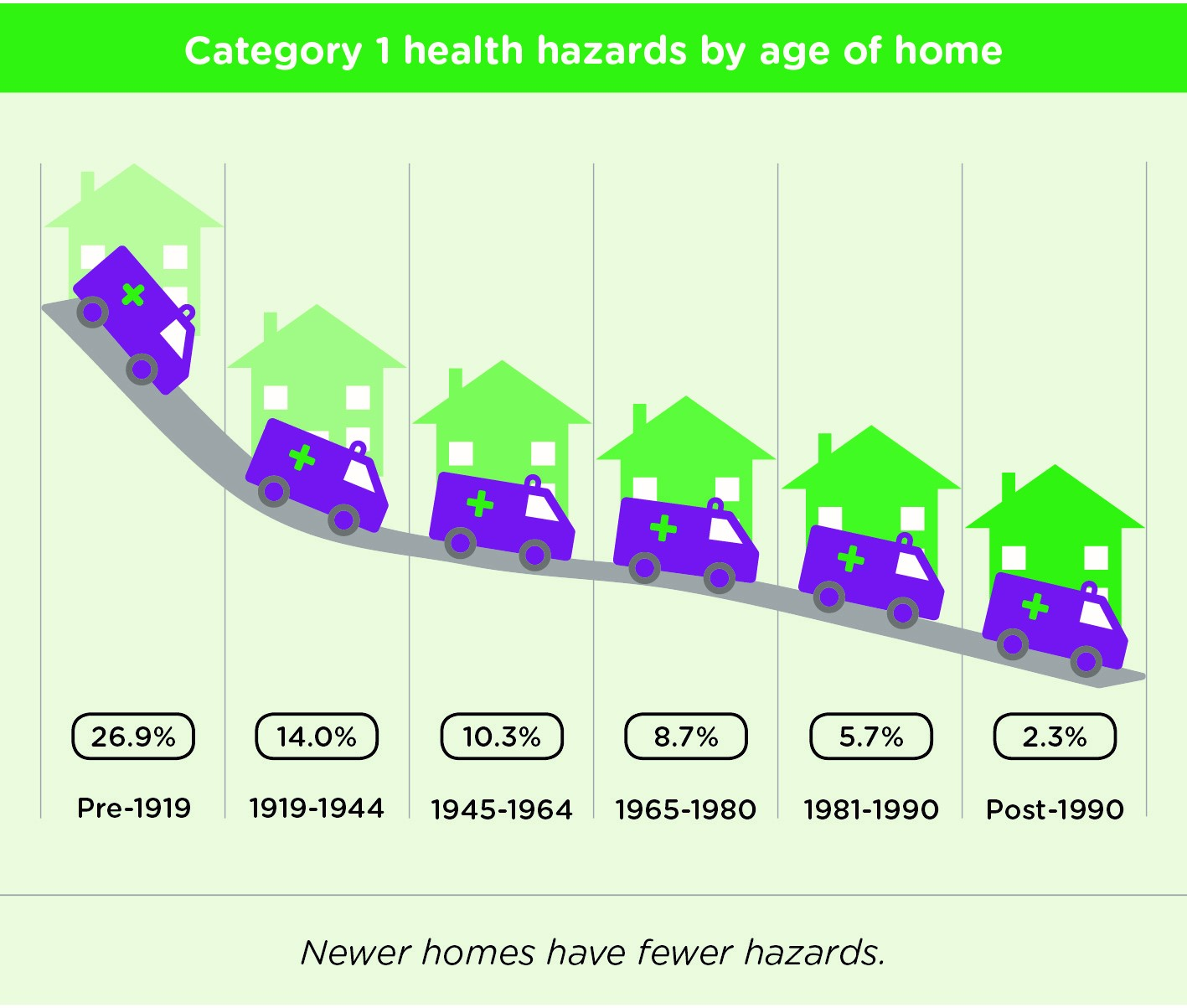The link between inadequate housing and poor physical and mental health that costs the NHS £2.5 bn a year is among the key themes of a new NHBC Foundation publication.
This relationship with health is explored in ‘40 facts: homes, housing and house building today’, which looks at a range of issues related to the industry as it keeps up with the ever-changing UK population.
It is widely acknowledged that a safe, comfortable home is the foundation on which people can build a better quality of life but the reverse of this, as highlighted by 40 facts, is that poor housing, still about 20% of the existing stock, can lead to worse health outcomes.
Contributing factors include the age and condition of the house and hazards that pose an immediate risk to a person’s health and safety. These include serious damp and mould, trip hazards and dangerous electrics.
The key findings of the report included:
• The National Centre for Social Research found a strong link between mental health disorders and poor housing
• Poor housing is estimated to cost the NHS £2.5bn per year
• Health hazards occur in 26.9% of pre-1919 homes compared to 2.3% post 1990
• Shelter found children living in poor housing were twice as likely to suffer worse health than those in good housing
• Lack of a permanent home is associated with multiple depravations, such as poorer health and education
NHBC’s Head of Standards, Innovation and Research Neil Smith said: “We have gathered together some interesting facts about UK housing and house building to give you a picture of the homes we live in today.
“One key area which demands attention is the link we explore between poor housing and poor physical and mental health. As the population ages it’s important that we take into account issues that have an impact on the health of homeowners and tailor output to meet the needs of all buyer types, particularly those in or approaching retirement.”

